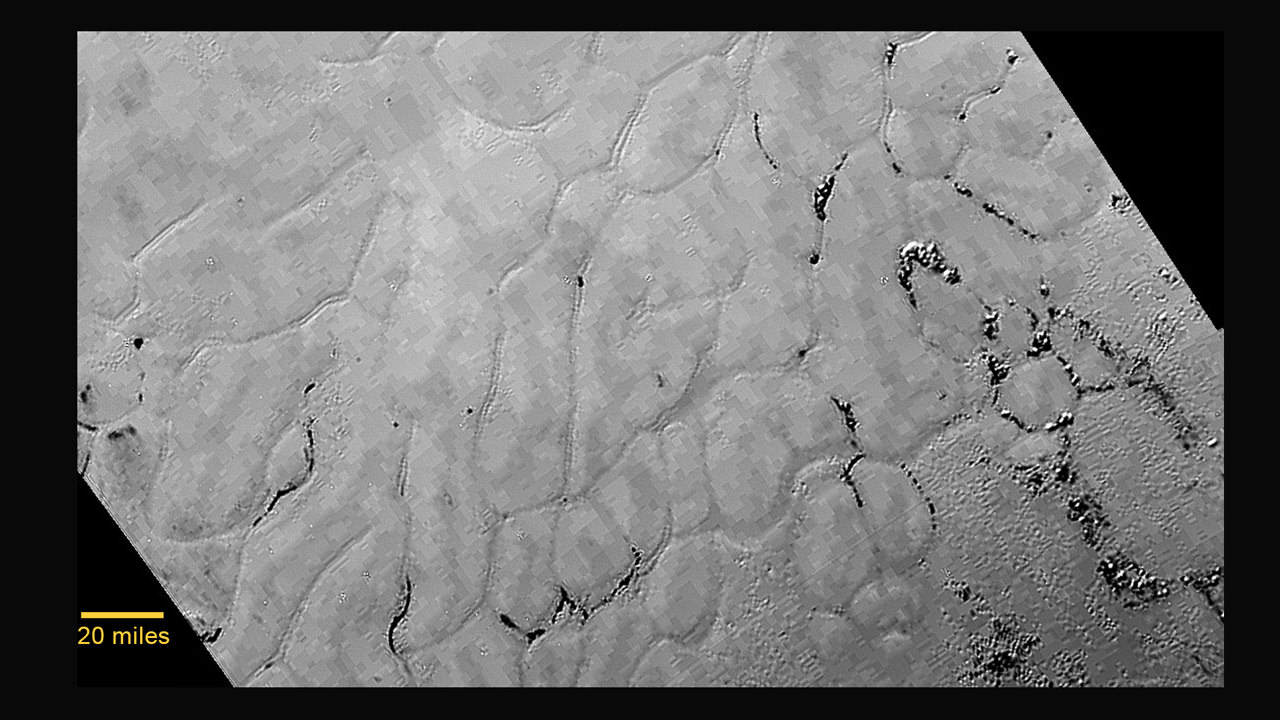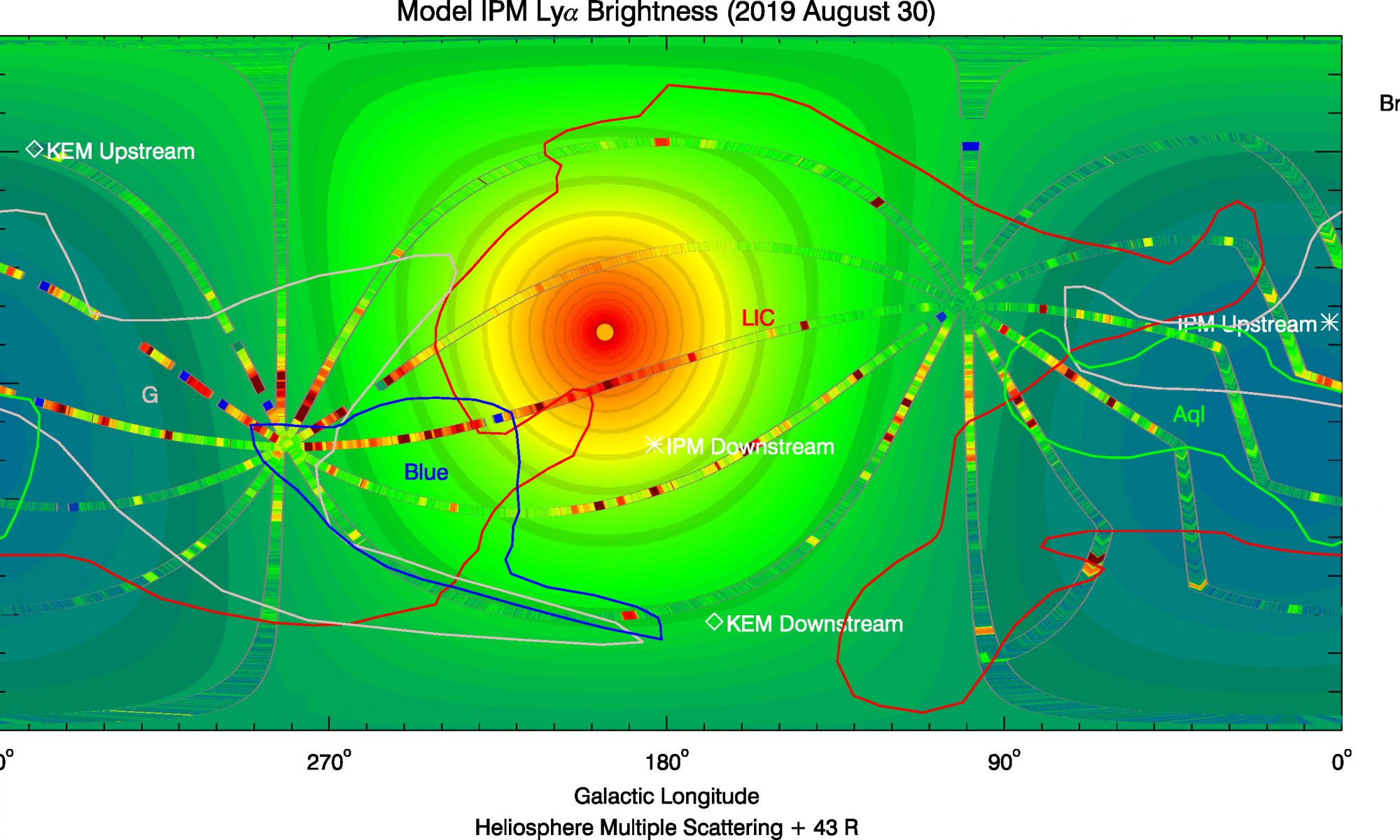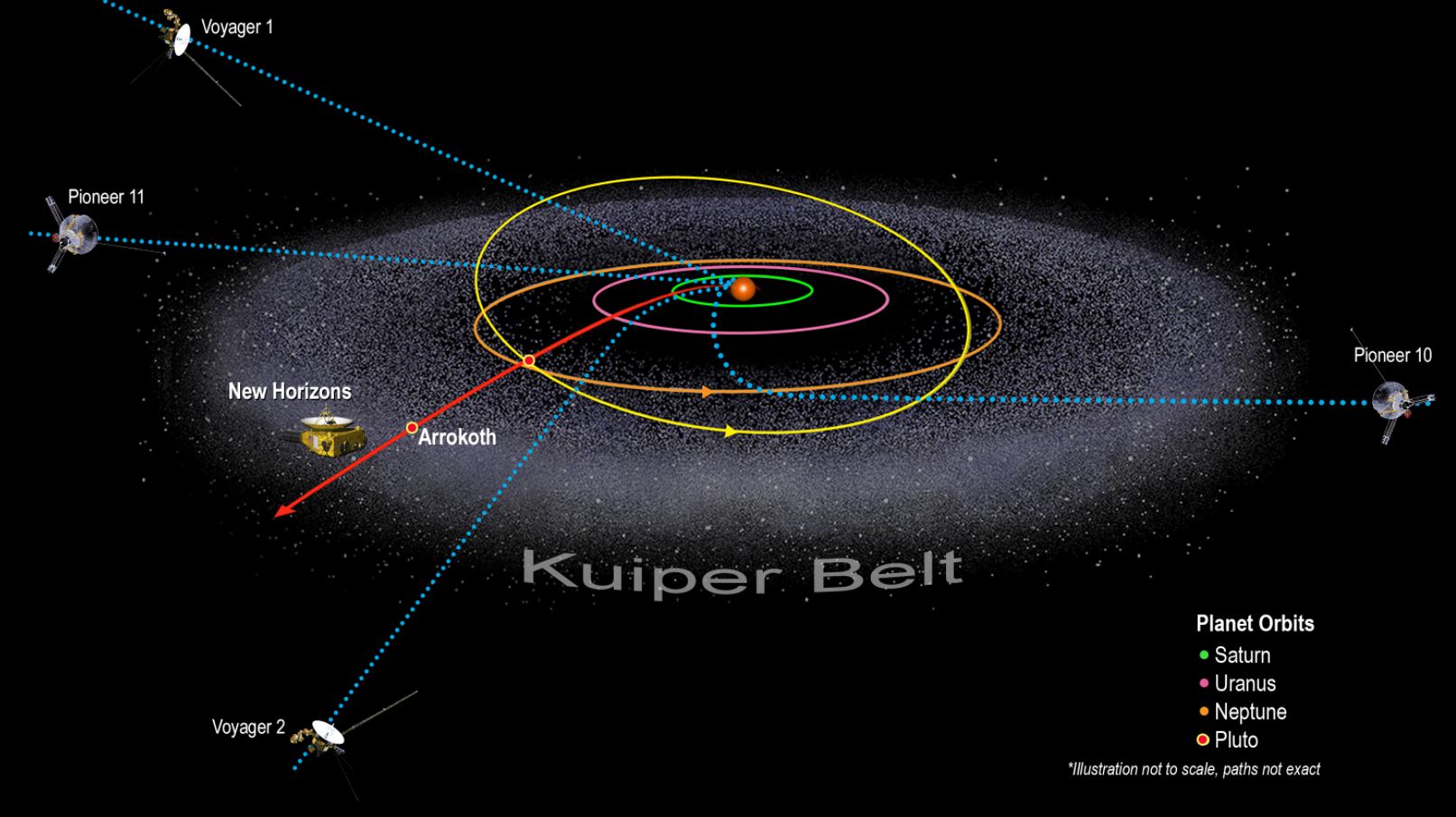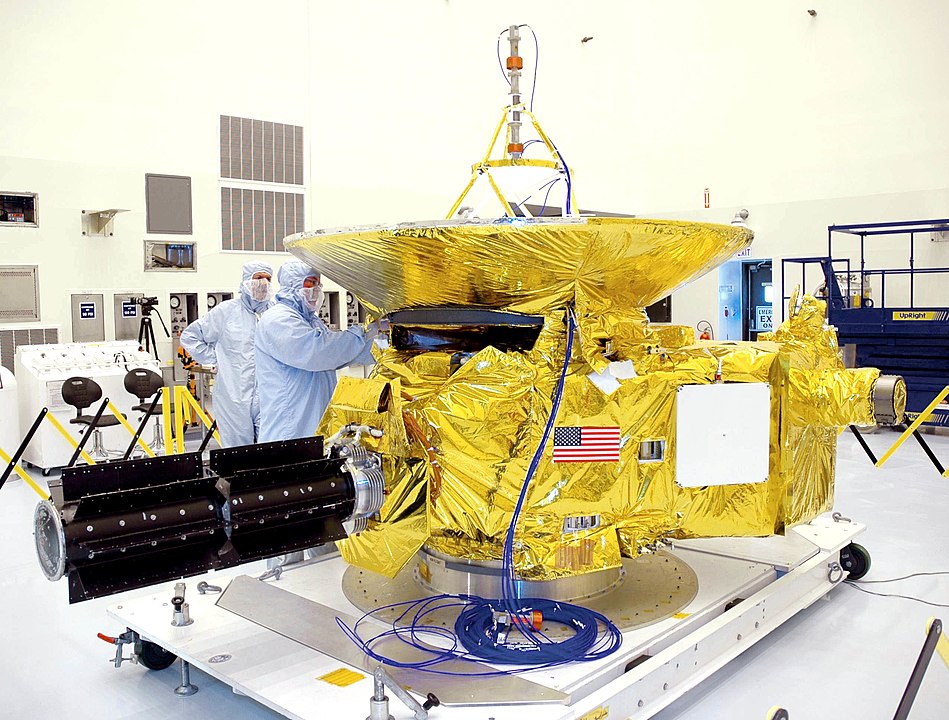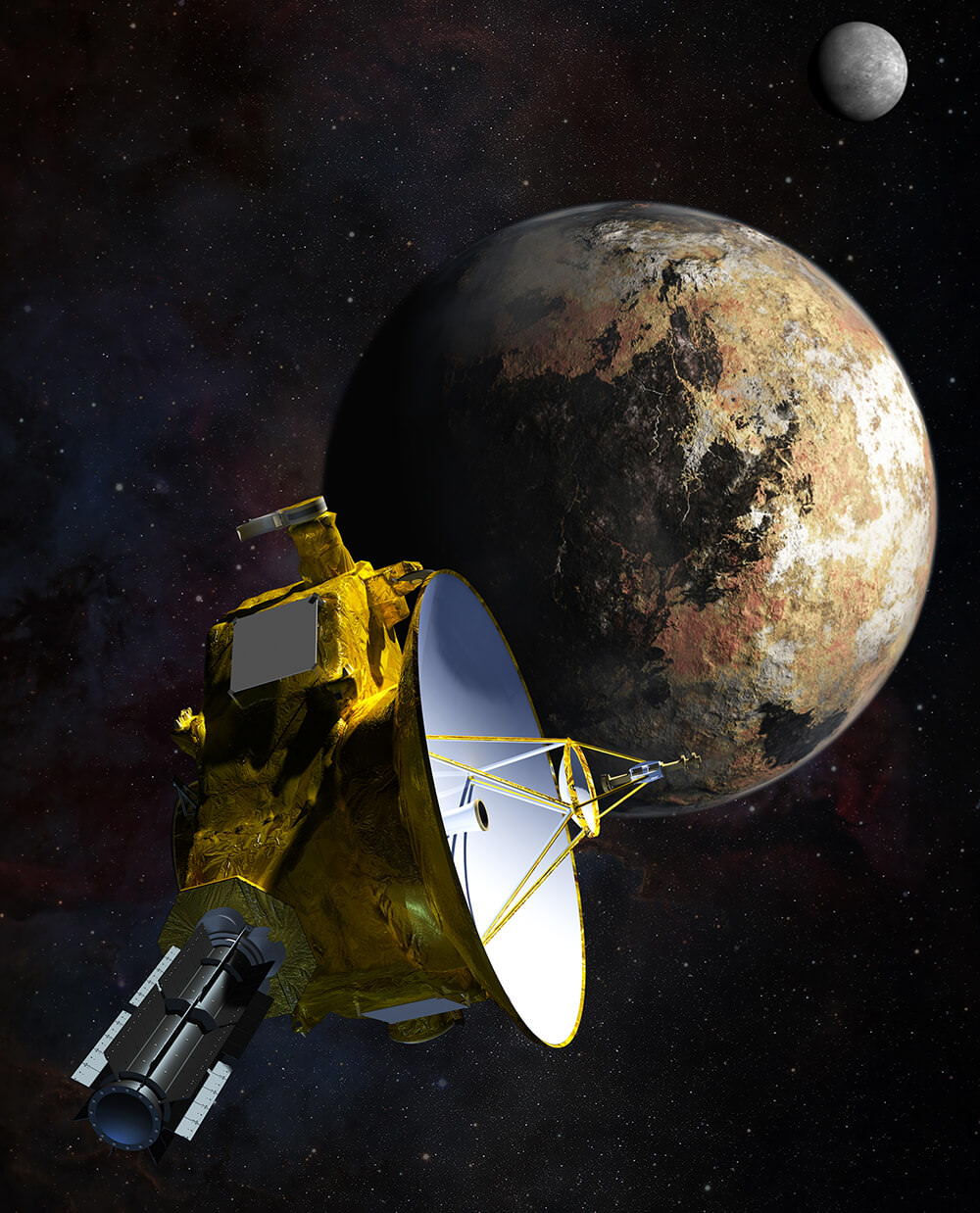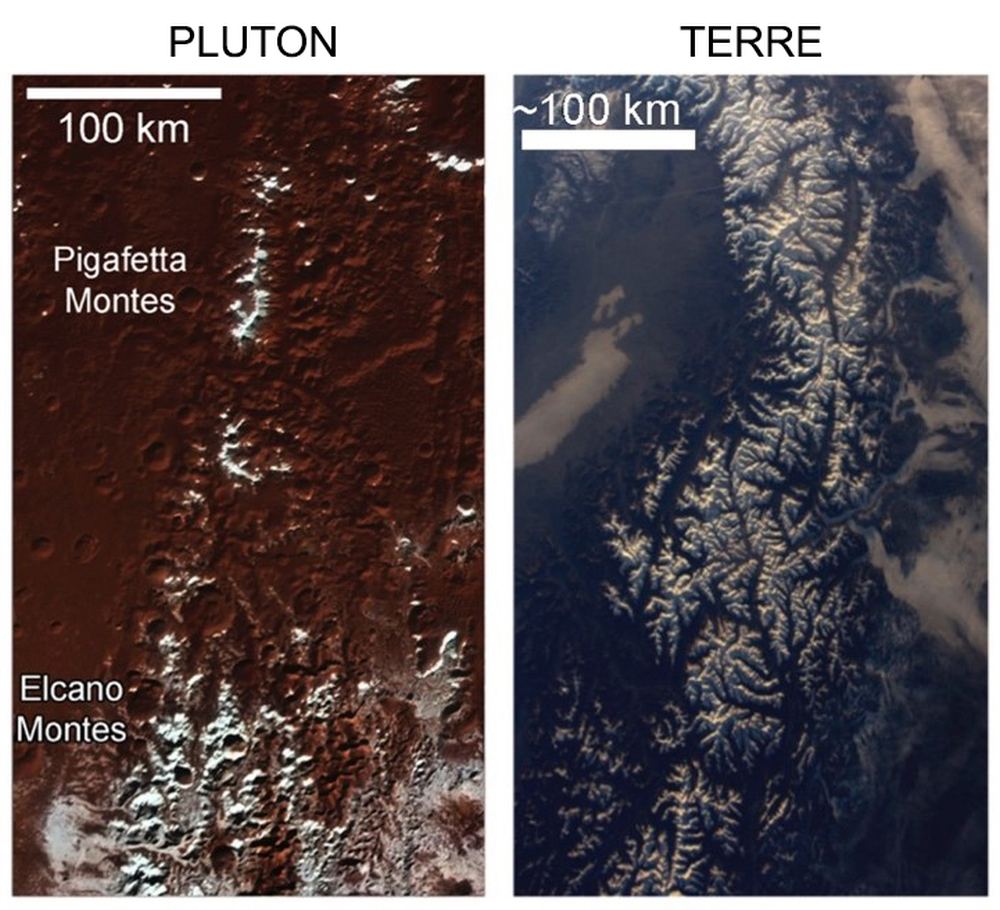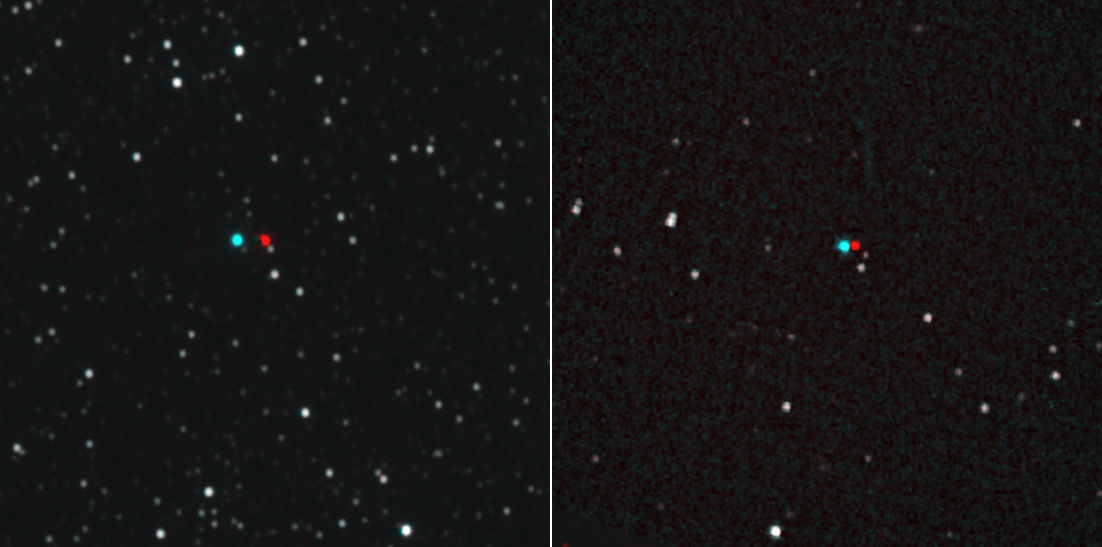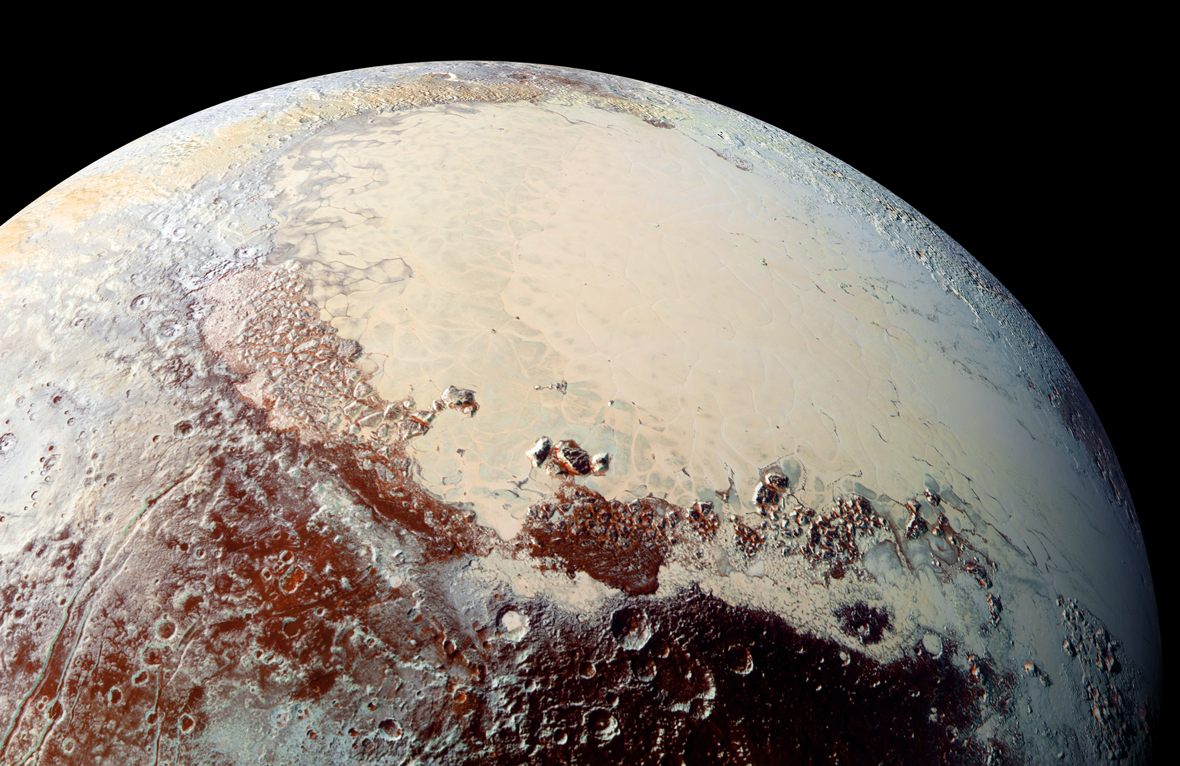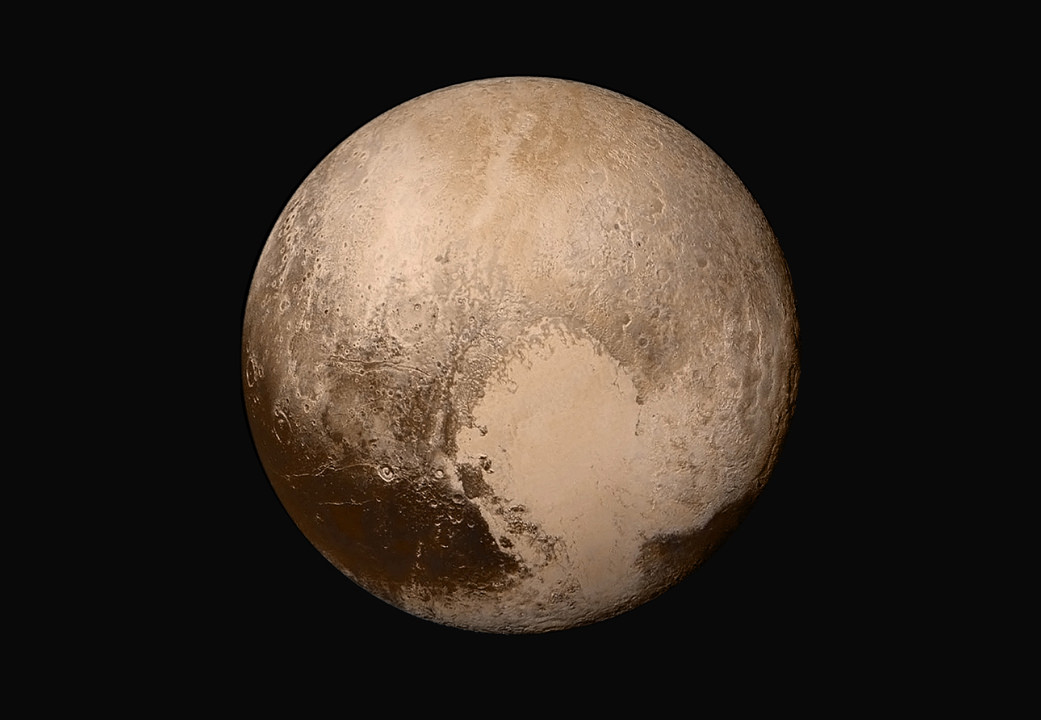After New Horizons made its close flyby of Pluto in July of 2015, scientists were astounded at the incredible closeup views of Pluto’s surface. One of the most intriguing and mysterious features was a bright plain inside the prominent heart-shaped feature on Pluto, called “Tombaugh Regio” (Tombaugh Region) named after Clyde Tombaugh, who discovered Pluto in 1930.
The region is composed of a broken surface of irregularly-shaped segments that appear to be geologically young because no impact craters are part of the terrain.
Continue reading “Now We Know Why Pluto has These Strange Features on its Surface”
